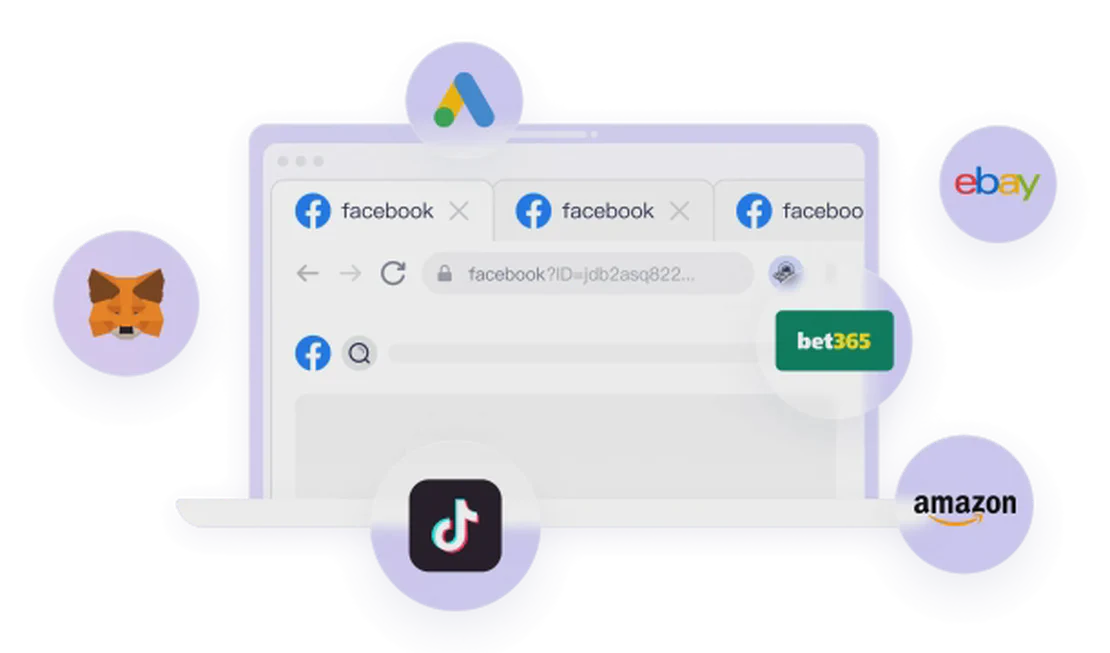10 Questions and Answers about Media Device Detection
This guide will use 10 Q&As to help you understand how websites detect your media devices and why this is relevant to your online privacy.
1. What does this online tool do?
It detects and lists all the media devices connected to your computer that your web browser can access. This includes audio inputs (microphones), video inputs (cameras), and audio outputs (speakers).
2. What specifically are “media devices” in this context?
These are hardware components that handle audio or video. Websites can interact with them through your browser for functions like video calls, voice recording, or streaming. The tool categorizes them as Audio Inputs, Video Inputs, and Audio Outputs.
3. How can a website know about my devices?
Browsers have a built-in JavaScript API called navigator.mediaDevices.enumerateDevices(). Websites can use this API to request a list of all available media devices, including their labels and unique IDs.
4. Does this mean any website can turn on my camera without my permission?
No. Simply listing the devices does not grant access to use them. For a website to actually use your camera or microphone, your browser will always ask for your explicit permission through a pop-up prompt. This tool only shows the information that is available before permission is granted.
5. Why is my list of media devices a privacy risk?
The specific combination of your camera, microphone, and speakers, along with their names (labels), can be highly unique. This information becomes a key component of your browser fingerprint, helping websites track you across the internet, even if you clear your cookies.
6. What is the “Device ID” and why is it a long, random string?
The Device ID is a unique identifier assigned by the browser to each piece of hardware. This ID is designed to be persistent for a given website (origin), allowing it to remember which camera you selected without needing to store the device’s real name. Its uniqueness contributes significantly to your digital fingerprint.
7. Why are some of my devices labeled “default”?
“Default” refers to the system’s default device for a specific function (e.g., your primary microphone or speakers). It’s a standard label provided by the browser.
8. Can I prevent websites from seeing my media devices?
You can manage site permissions in your browser’s settings to block a specific site’s access to your camera and microphone. However, completely hiding the list of devices from all websites is difficult and may break functionality on sites that require media access, like video conferencing platforms.
9. How is this information used for tracking?
The number of devices, their types, and their labels form a unique pattern. For example, a user with a “Logitech C920” camera, a “Blue Yeti Microphone,” and “Bose Speakers” has a much more unique fingerprint than a user with only built-in devices.
10. How can I use this tool to check my own privacy?
Run the tool to see exactly what a website can learn about your hardware setup. If you see devices listed that you weren’t aware of or that provide too much specific detail (like brand names), it highlights a potential vector for fingerprinting.
Beyond Device Detection: Protecting Your Digital Identity
The information revealed by this tool is just one piece of a much larger puzzle: your digital fingerprint. Websites collect dozens of data points—from your media devices to fonts, screen resolution, and browser plugins—to create a unique profile that can track your activity online. When you manage multiple accounts, this shared fingerprint can link them together, leading to restrictions and bans.
This is where FlashID comes in. FlashID is a powerful fingerprint browser that creates completely separate and authentic browsing environments. For each profile, FlashID provides a unique virtual fingerprint, including a different set of virtual media devices. This ensures that your multiple accounts appear to be operated from different, unrelated computers, effectively preventing detection and protecting your digital identity.
You May Also Like
